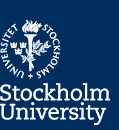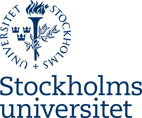Hybrid seminar onsite at SUBIC or on zoom, via the following link:
https://stockholmuniversity.zoom.us/j/69566352555?pwd=aCtLYmZzNktIVE5tc1Yzdzk2ZmFvZz09
Astract
Open-source research software is part of open science, becoming an ever-important aspect of scientific practices. Further, many researchers use open-source research software every day. This software is often made by researchers who contribute part of their time to making it and continually improving them. However, contributing to these types of projects can seem daunting. For this talk, drawing upon my time at the Stanford Center for Reproducible Neuroscience, I will first briefly talk about some experiences contributing to multiple open-source research software for neuroimaging. How to start? What happens if you make a mistake? What benefits (and negative consequences) do you get from contributing your time? Second, I am the lead developer of two python packages for research: teneto, for analysing temporal networks, and netplotbrain, to visualise better and more accurate networks on brains. I will go into more detail about netplotbrain and discuss what function netplotbrain aims to fill, why researchers studying connectivity in neuroimaging will want to use it, and how you could contribute to open-source research software (if you want to). Finally, I will discuss how positive parts of open-source software development can inspire other aspects of doing better open science.




